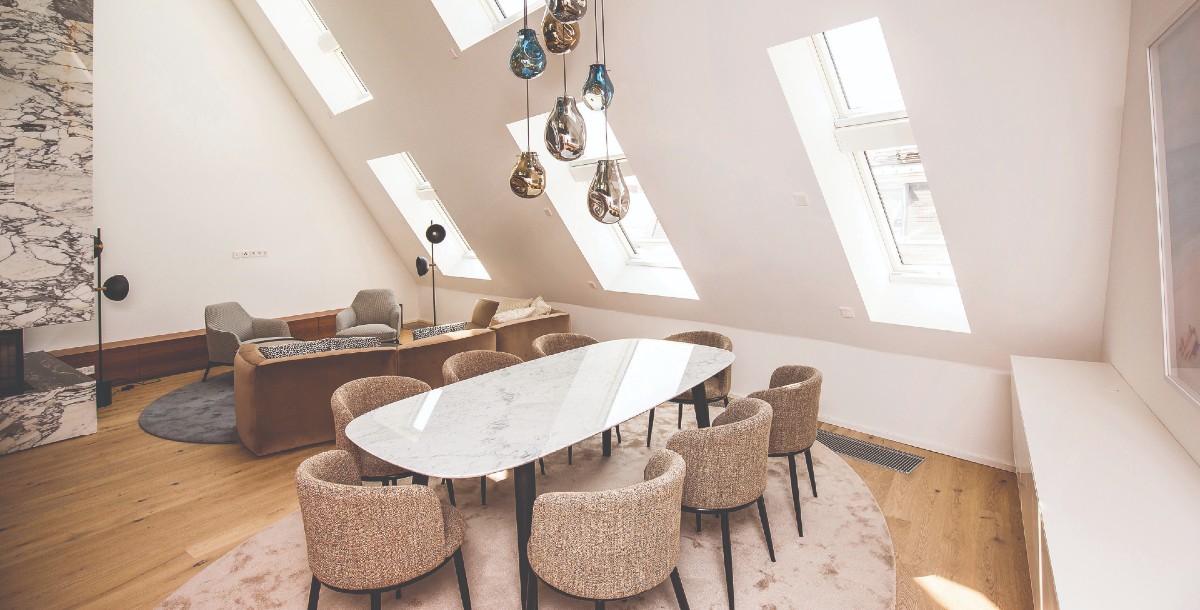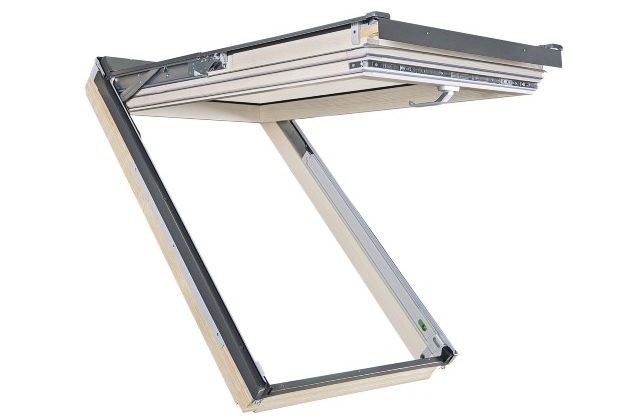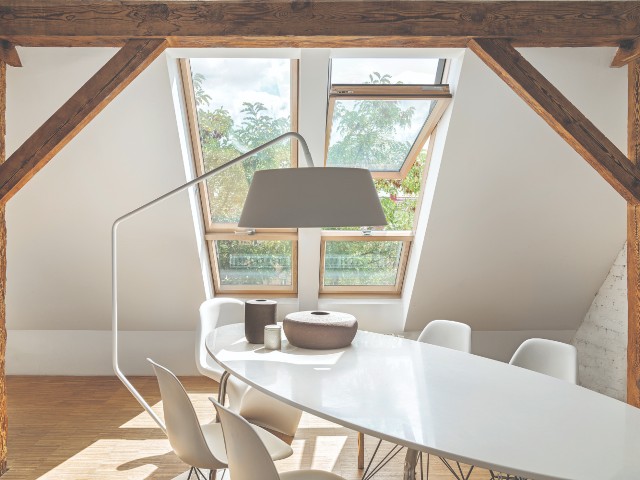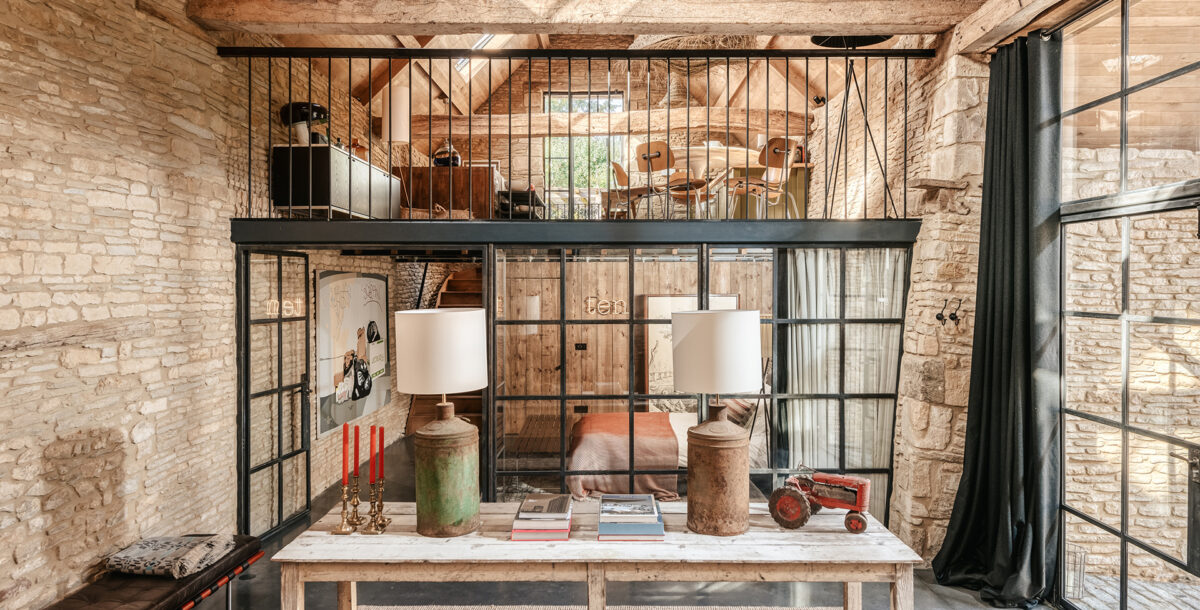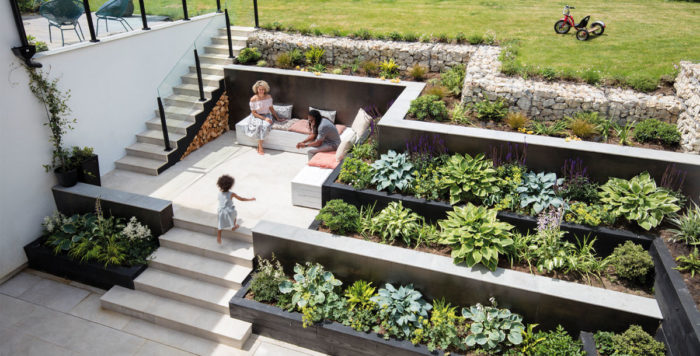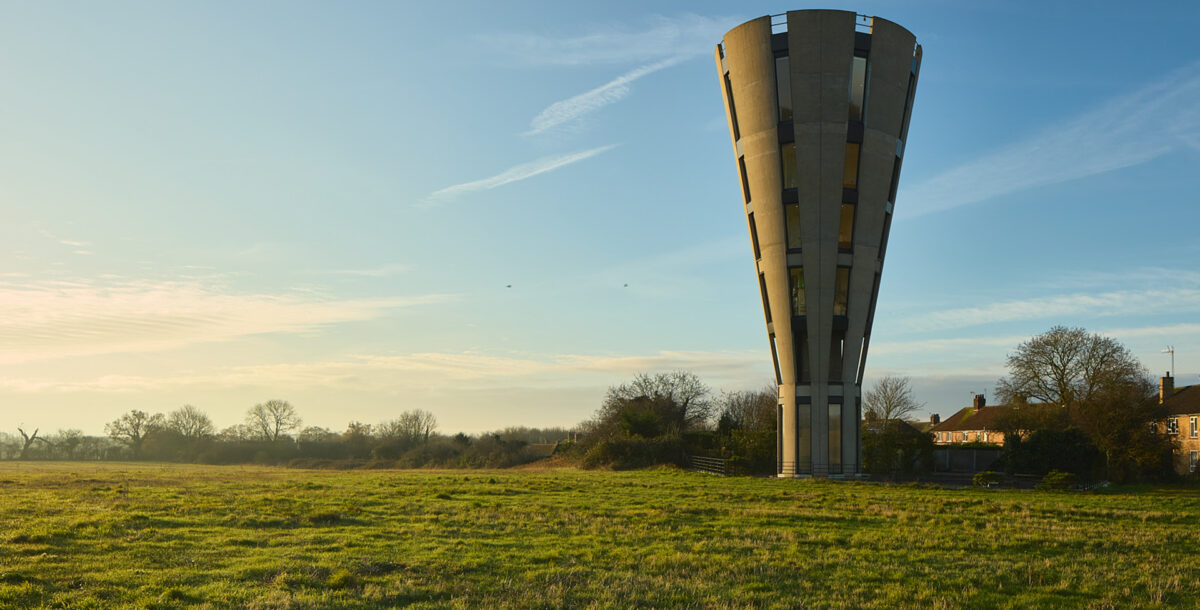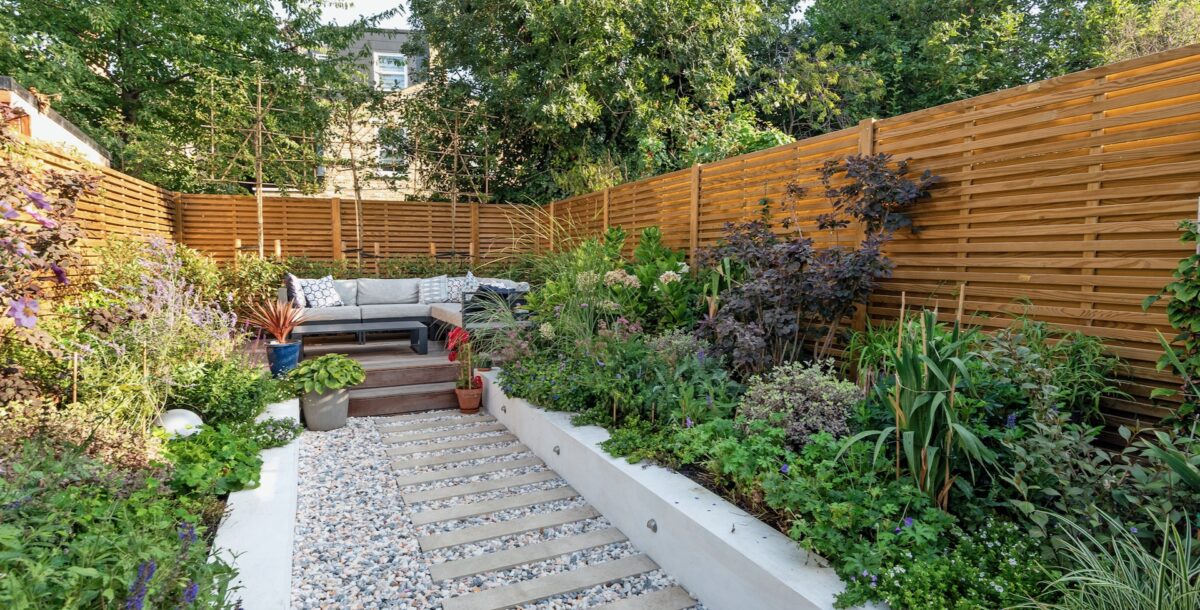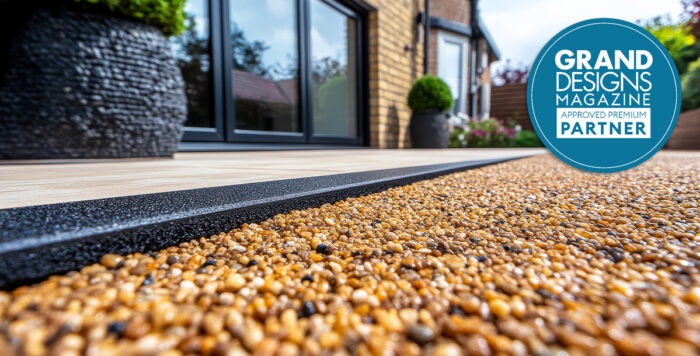Guide to sustainable loft conversions
Keep running costs low and boost your home’s eco credentials with this advice
Loft conversions can be a fantastic way to open up your home and add some much-needed extra space, but they can leave their mark on the environment if not planned carefully.
It’s particularly important to keep sustainability in mind when carrying out work on your roof space, as design and construction can have a significant impact on the overall heat and energy efficiency of your home. Read on for ways to achieve a more sustainable loft conversion.
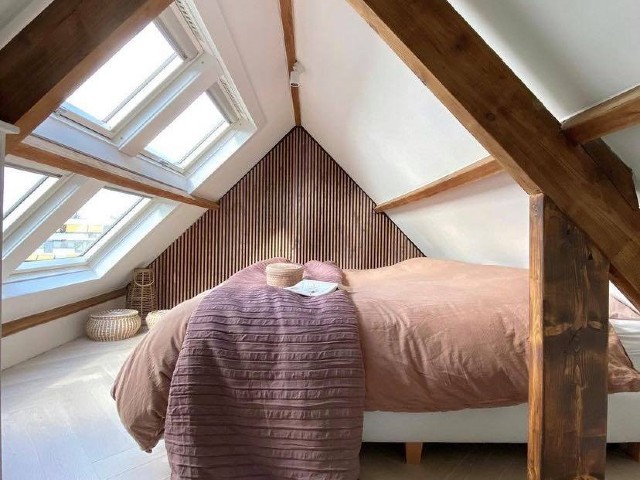
Photo: FAKRO
Mindful materials
Start by sourcing eco-friendly materials. Try to use reclaimed timber and brick as this is easily the most sustainable option, or go for FSC or PEFC-certified wood, which is sourced from sustainably managed forests.
For the roof itself, the most eco-friendly option is to re-use the tiles already there. If this isn’t possible, or you need more to complete the job, try to source reclaimed roof tiles or shingles made from recycled rubber and wood fibre.
TIP: According to the Town and Country Planning (General Permitted Development) Order 2015, any materials you use should be similar to those used in the rest of your home. If your house is listed or within a conservation area, you may need to source specific materials in keeping with the overall character of the surrounding area.
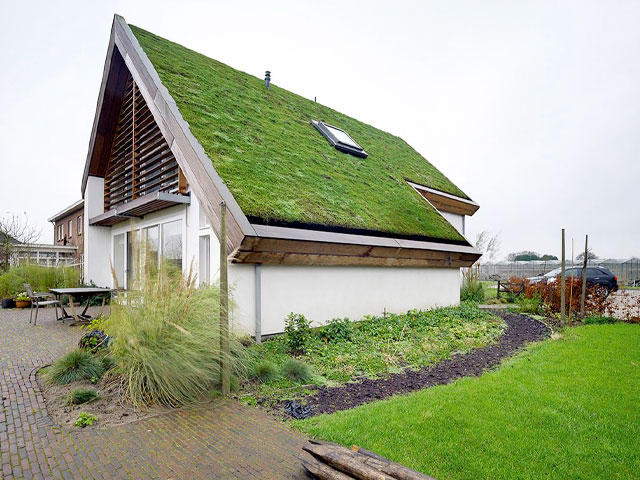
Photo: FAKRO
Essential insulation
If your space is uninsulated, your boiler will need to work even harder to keep your house warm, increasing the overall carbon footprint of your property. Install insulation in the walls and ceiling of the roof space to ensure this isn’t an issue.
Choose insulation made from recycled glass, paper or cellulose fibre, as these tend to be more eco-friendly than many traditional fibreglass styles. If you want to go the extra mile, you could even opt for insulation made from natural materials like hemp, cork or sheep’s wool.
TIP: Not only will insulation reduce your carbon footprint, it will also help keep your loft conversion warm in the winter and cool in the summer. It can save you money on utility bills, too.
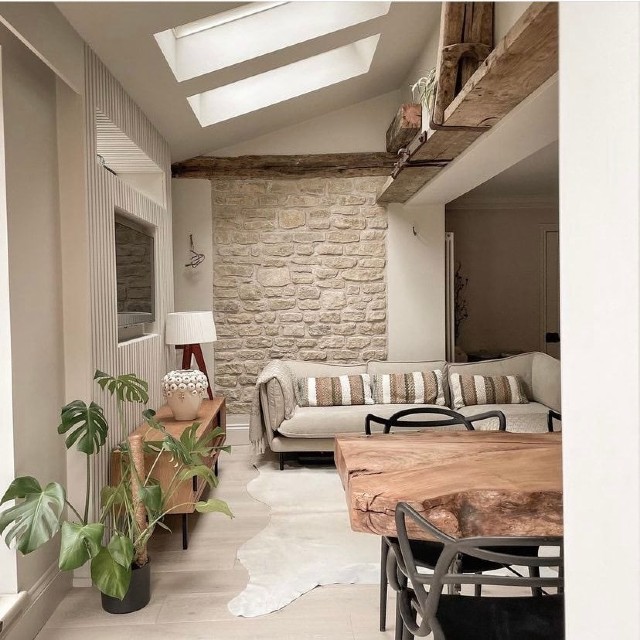
Photo: FAKRO

